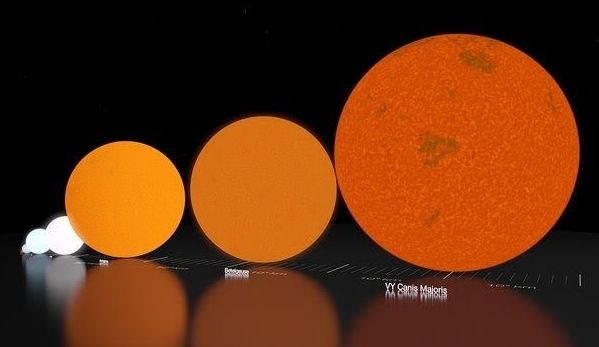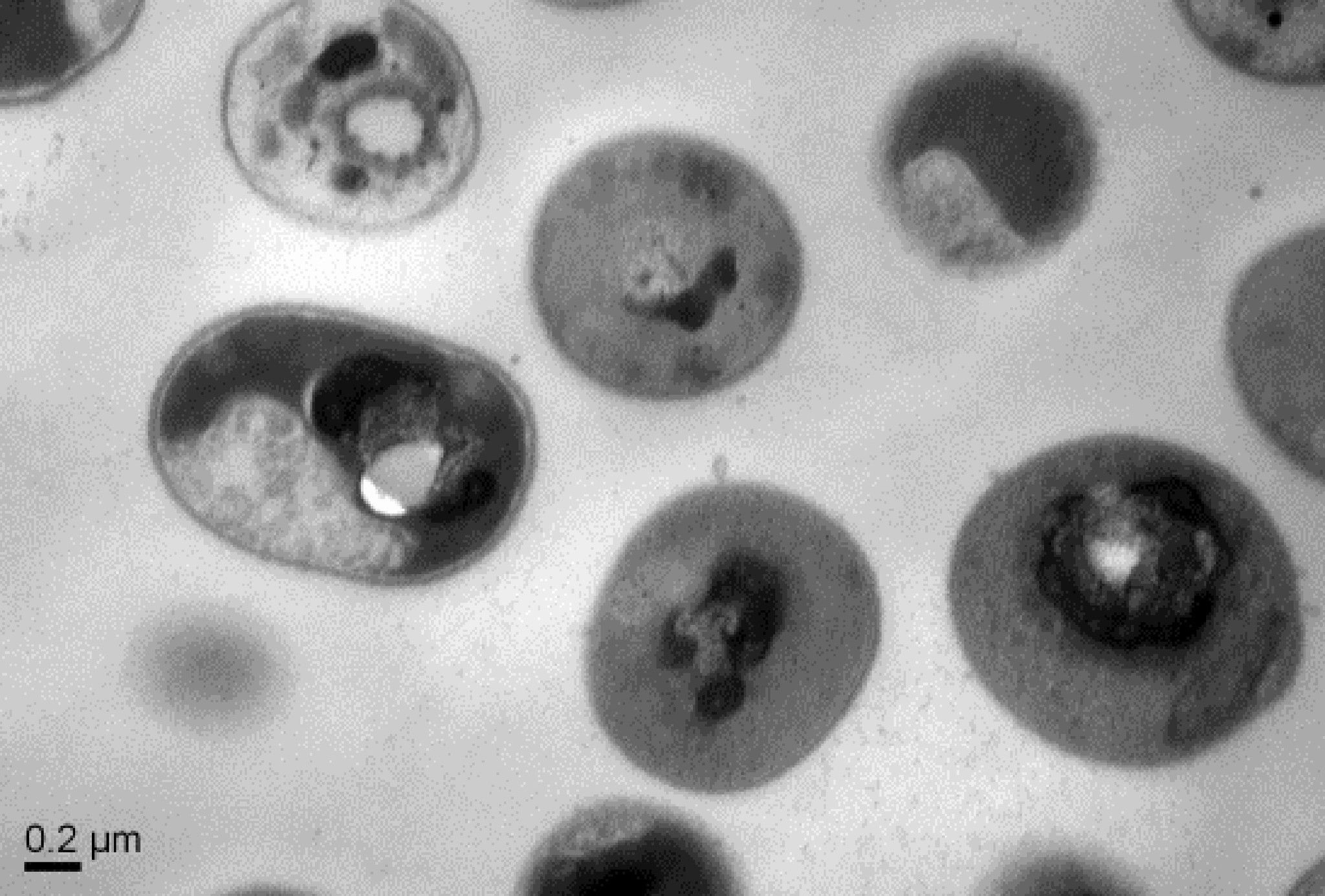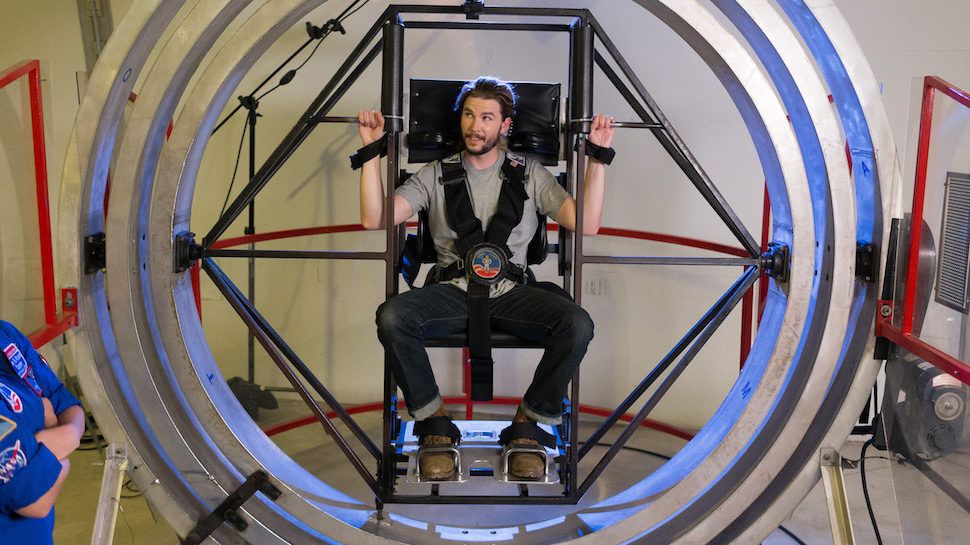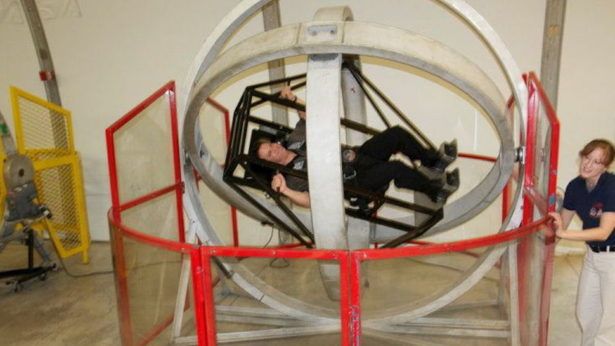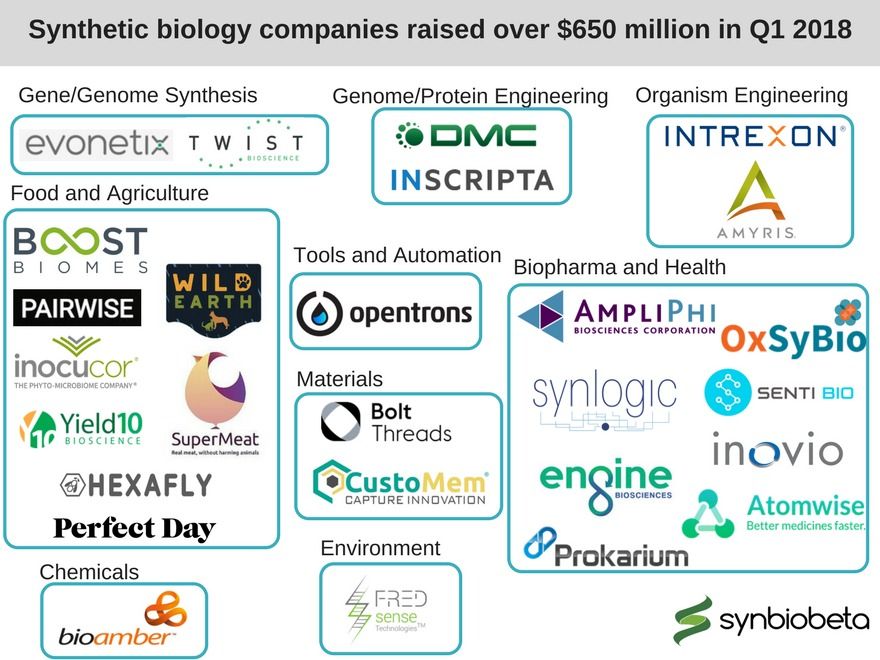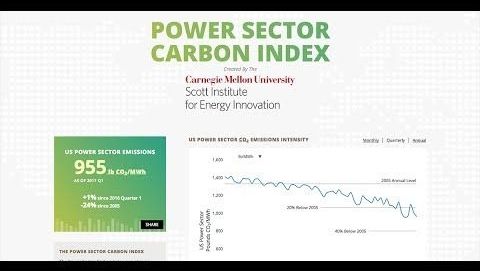Apr 4, 2018
Artificial intelligence: Construction technology’s next frontier
Posted by Genevieve Klien in categories: engineering, information science, robotics/AI
Engineering and construction is behind the curve in implementing artificial intelligence solutions. Based on extensive research, we survey applications and algorithms to help bridge the technology gap.
The engineering and construction (E&C) sector is worth more than $10 trillion a year. And while its customers are increasingly sophisticated, it remains severely underdigitized. To lay out the landscape of technology, we conducted a comprehensive study of current and potential use cases in every stage of E&C, from design to preconstruction to construction to operations and asset management. Our research revealed a growing focus on technological solutions that incorporate artificial intelligence (AI)-powered algorithms. These emerging technologies focus on helping players overcome some of the E&C industry’s greatest challenges, including cost and schedule overruns and safety concerns.

